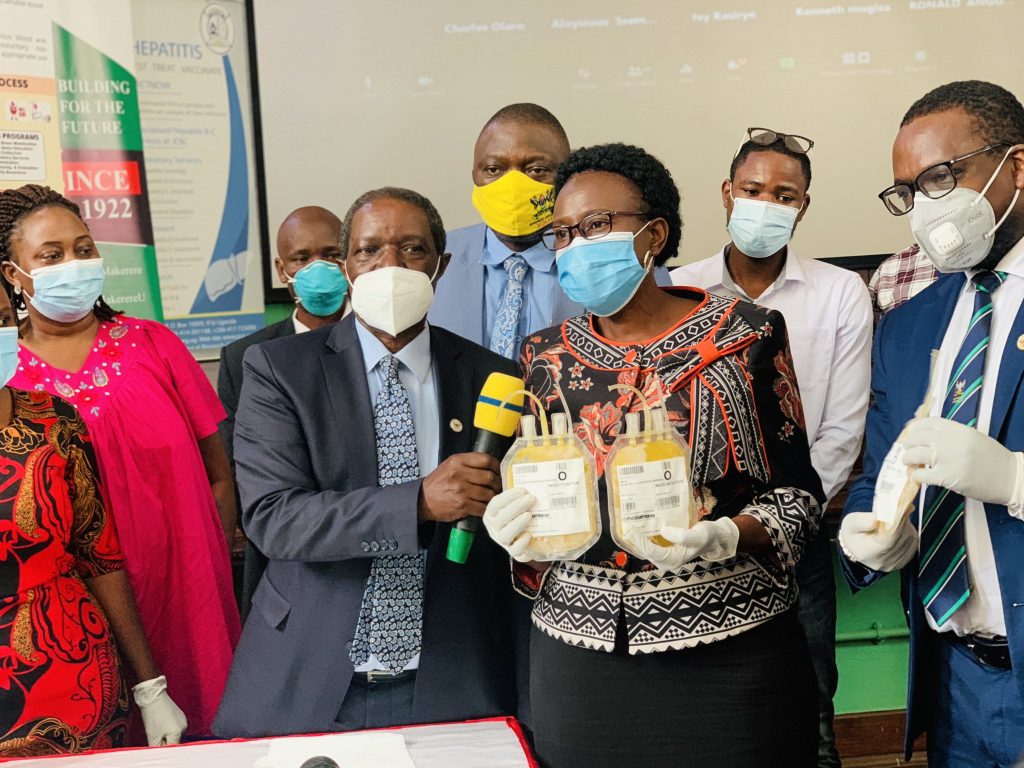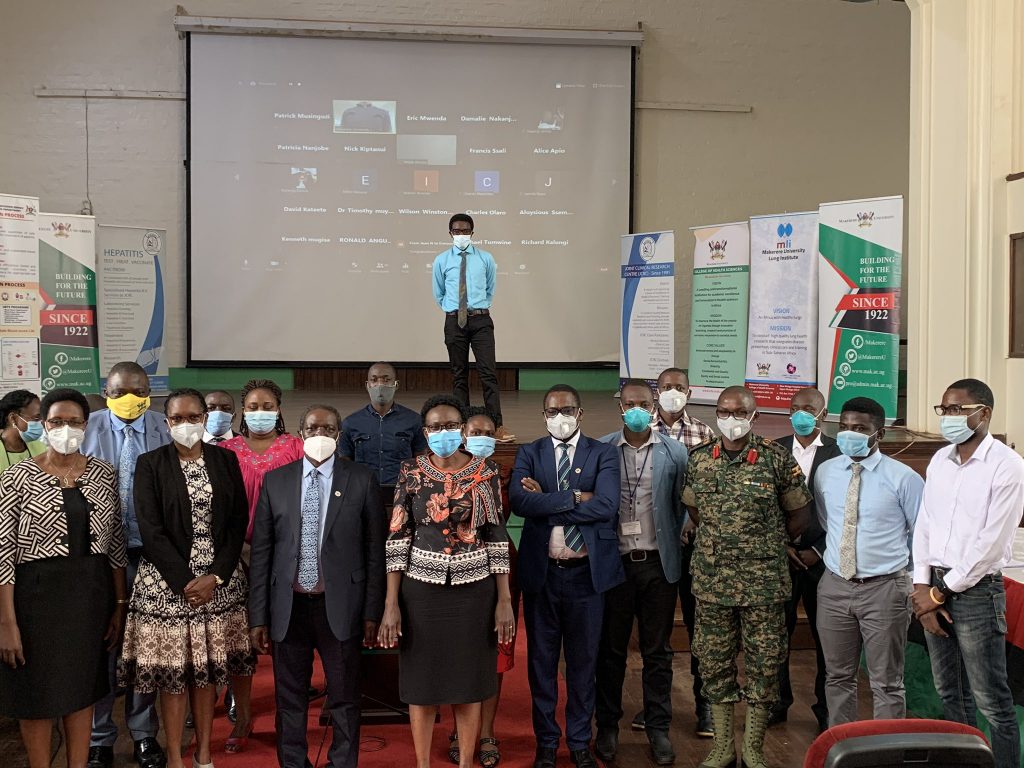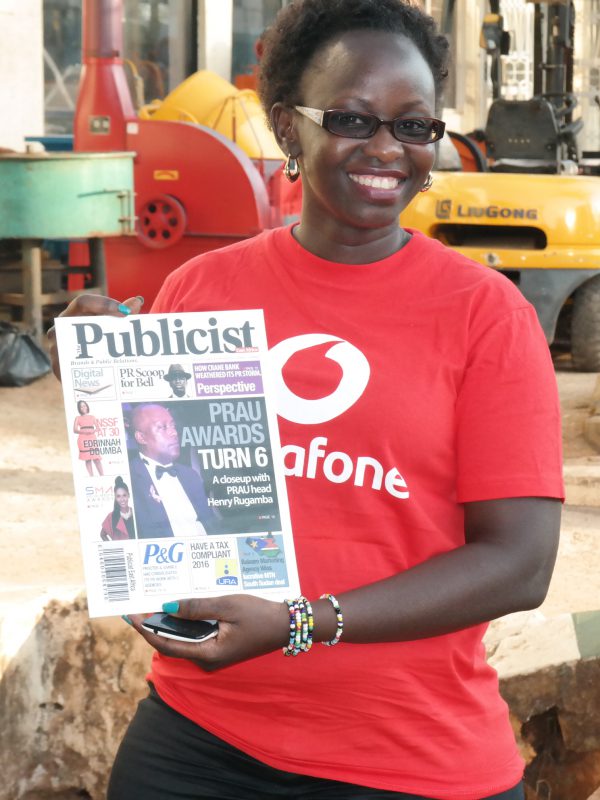
The Minister for Health Dr Jane Ruth Aceng has today launched the randomized clinical trial for use of convalescent plasma for treatment of COVID-19 in Uganda.
The Minister, who launched the trial drug at the Makerere University Lung Institute, said the Ministry is looking forward to expanding the therapeutic platform for COVID-19 through use of Convalescent plasma as a treatment modality.
“The commencement of the trial will determine the efficacy of convalescent plasma in treating COVID-19,” the Minister said.
She added that “A total of 162 COVID-19 convalescent plasma units have been collected. This can be used to treat 65 patients.”
The head of the Makerere University Lung Institute, Dr Bruce Kirenga, said that; “186 recovered COVID-19 patients willingly consented to participate in the blood donation but only 162 qualified.”
Kirenga added that; “The donors came from all parts of Uganda except Karamoja region, where there was no COVID-19 infection at the time.”

What Is Convalescent Plasma
According to the World Health Organisation (WHO) Convalescent plasma therapy uses blood from people who have recovered from an illness like COVID-19 to help other patients recover.
The U.S. Food and Drug Administration (FDA) authorized convalescent plasma therapy for people with Coronavirus disease 2019 (COVID-19).
The FDA is allowing its use during the pandemic because there’s no approved treatment for COVID-19.
Blood donated by people who’ve recovered from COVID-19 has antibodies to the virus that causes it.
The donated blood is processed to remove blood cells, leaving behind liquid (plasma) and antibodies.
These can be given to people with COVID-19 to boost their ability to fight the virus.
Why it’s done
Convalescent plasma therapy may be given to people who are hospitalized with COVID-19.
Convalescent plasma therapy may help people recover from COVID-19. It may lessen the severity or shorten the length of the disease.
Risks Involved
The risk of getting COVID-19 from convalescent plasma hasn’t been tested yet. But researchers believe that the risk is low because donors have fully recovered from the infection.
However, Convalescent plasma therapy has some risks, such as allergic reactions to the convalescent plasma include Lung damage and difficulty in breathing, Infections such as HIV and hepatitis B and C. Although the risk of such infections is low since the blood is first tested before being used on a patient.
It is a prerequisite for donated blood to be tested for safety. Some people may have mild complications or none at all. Other people may have severe or life-threatening complications.







